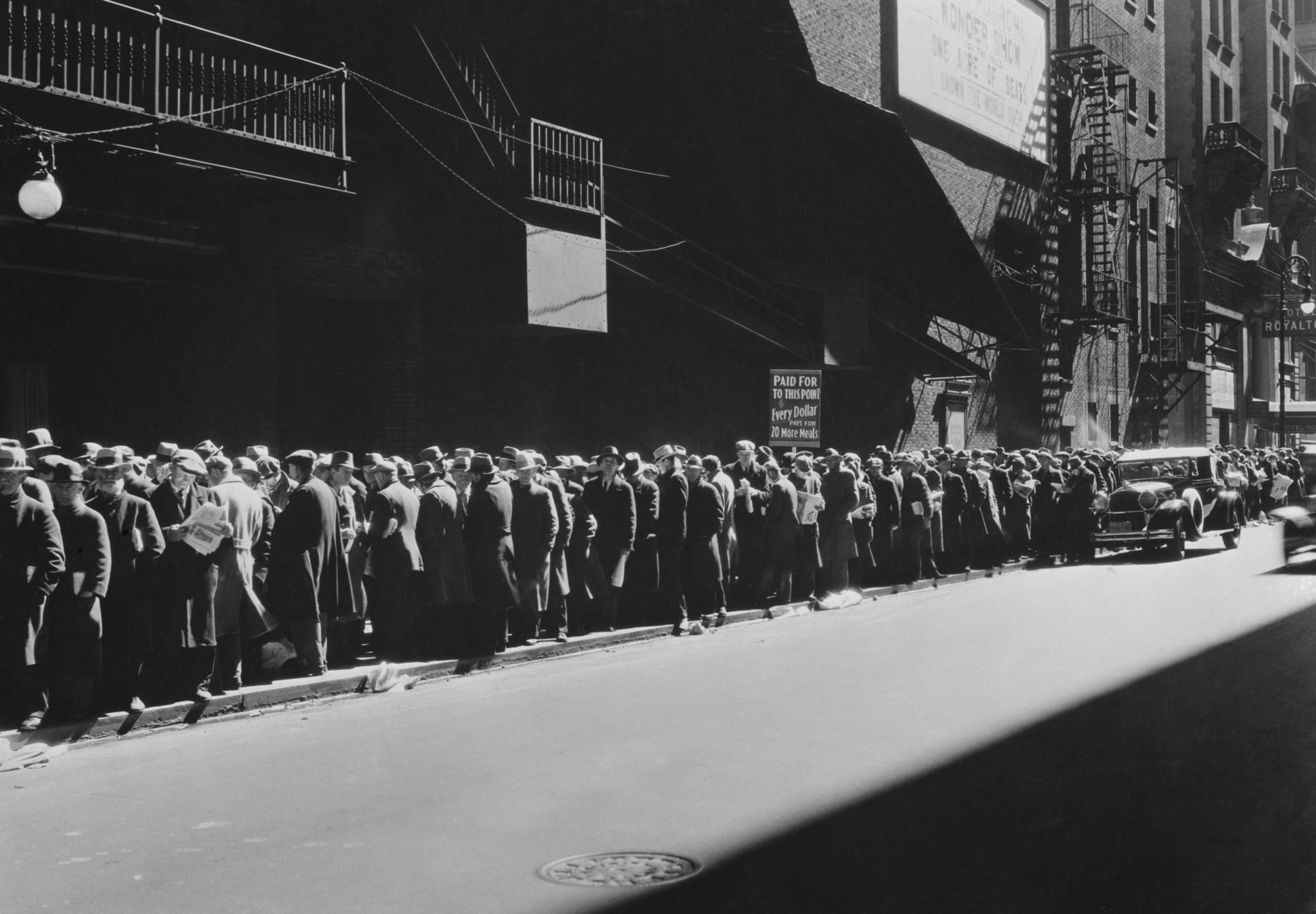
Everett Historical / Shutterstock.com
After the stock market closed out 2018 with posting its worst quarter since 2008, many pundits and investors couldn’t help but hearken back to a decade ago and wonder if we were once again on the precipice of a major market meltdown.
While this most recent expansion is by no means one of the historically strongest, it is the longest (or second-longest, depending on the criteria used), having recently passed its 10-year anniversary. There’s no doubt that another recession looms somewhere in the not too distant future. What’s less clear, however, is how deep that recession might be and what can be done to mitigate its impact. But the following wisdom gained from the last crisis may help you to weather the next.
LESSON 1: TIME HEALS ALL WOUNDS.
During the 17-month bear market period from October 2007 to March 2009, the S&P 500 lost nearly 50 percent of its total value. However, in the decade since recording its post–financial crisis low on March 9, 2009, the market has generated a cumulative return in excess of 400 percent1. For those investors who weathered the storm and stuck with their long-term investment plan despite the market volatility, there’s a lot to celebrate.
LESSON 2: AVOID PAST MISTAKES.
What caused the Great Recession? While causality is always a difficult thing to deter-mine, most experts agree on at least a few key factors—most notably lax banking regulations that enabled the housing bubble and the attendant subprime mortgage crisis. Some blame can also be laid on the Federal Reserve. Fearing inflation through-out the 2000s, the Fed refused to change course on monetary policy, keeping interest rates too high for too long and maintaining a tight rein on the money supply. As a result, what may have only been a moderate recession became a global economic crisis.
Today, while total consumer debt remains high, both mortgage and personal debt have fallen due to more stringent mortgage requirements, as well as individuals exercising more caution. And early this year, the Fed wisely demonstrated a willingness to change course by backing away from the steady rate hike scenario it had laid out just a few months earlier. The market reacted positively, and by the end of March, the S&P 500 was up over 13 percent for the quarter2.
LESSON 3: POLICY MATTERS MORE THAN POLITICS.
Given the current highly charged political atmosphere, it can be tempting to allow emotion to drive your investment decisions. Yet, despite the party in power having some impact on the economy (and in turn your personal wealth), we tend to vastly overemphasize or entirely misconstrue the long-term effects of partisan politics on the stock market. Rather than viewing the world through a red or blue lens, investors are almost always better served by assessing opportunities through a green profit-making lens.
One can just as easily blame the dot-com bubble on the Clinton administration and the Great Recession on the Bush administration. But truth be told, it’s the natural ebb and flow of long-term economic cycles combined with the monetary and interest policies of the Federal Reserve that are far greater determinants of market performance.
Rather than focusing on which party is in power, you’d do better to direct your attention to where we are in the current economic and interest rate cycles, examining how current P/E ratios stack up historically and considering global economic conditions to determine whether any shifts to your allocation strategy and/or sector weightings are warranted.
LESSON 4: CHAOS IS A LADDER.
It’s one of the classic lines uttered by the ruthless Lord Petyr Baelish in Game of Thrones: “Chaos isn’t a pit. Chaos is a ladder!” There’s a great deal of truth in that observation—particularly when it comes to investing.
Rather than being something to fear, a recession can actually serve as a creator of great wealth if (and this is a big if) you have both fortitude and capital to deploy while the market is in free fall. Whether you’re investing in single-family residences, skyscrapers or stocks, having the ability to be greedy while others are fearful presents an opportunity to reap huge profits.
Volatility is a cost that we as investors must bear in exchange for enhanced investment gains over time. A well thought-out, carefully crafted financial plan along with a diversified portfolio and the guidance of a trusted advisor can help make sure that short-term events won’t derail your long-term goals.
Read More from Signature Estate & Investment Advisors, LLC
1. Barron’s,”This Stock Market Still Looks Good, Even After 10 Years,” March 2019.
2. Seeking Alpha, April 2, 2019
Investing involves risk including the potential loss of principal. No investment strategy can guarantee a profit or protect against loss. Past performance is no guarantee of future results. Please note that individual situations can vary. Therefore, the information presented here should only be relied upon when coordinated with individual professional advice. Securities offered through Royal Alliance Associates, Inc., member FINRA/SIPC. Investment advisory services offered through SEIA, LLC. Royal Alliance Associates, Inc. is separately owned and other entities and/or marketing names, products or services referenced here are independent of Royal Alliance Associates, Inc. (CA Ins. License Theodore E. Saade #0B63654)
















